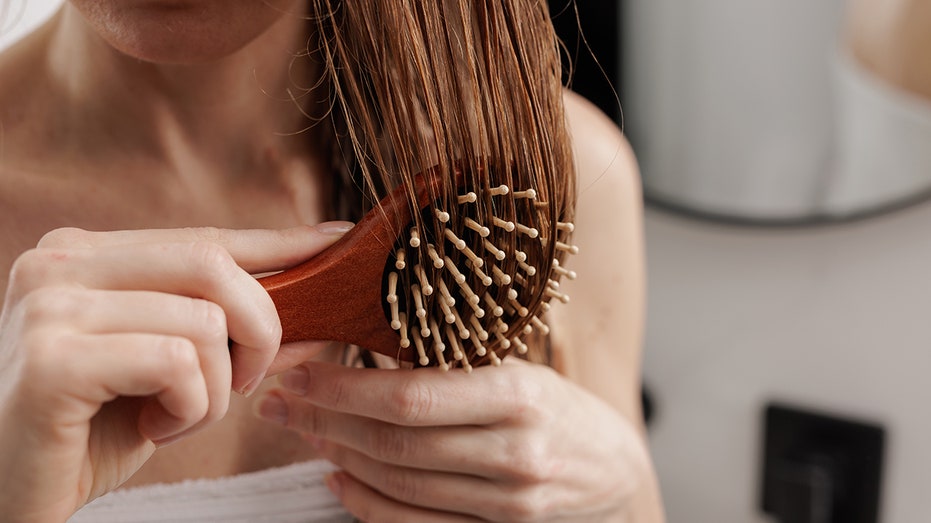Experts Warn That This Daily Beauty Routine Could Be Damaging Your Hair: How to Protect Your Locks
Experts warn that brushing wet hair can cause damage, recommending wide-tooth combs and gentle techniques to protect hair health.

For individuals committed to a hair care routine, the humble hairbrush is an everyday essential. However, experts are raising concerns that brushing hair while it’s wet may actually do more harm than good. According to Dr. Mehmet Erdogan, a prominent hair transplant surgeon, this common post-shower habit has the potential to permanently weaken hair at the molecular level, putting individuals at risk for long-term breakage and thinning.
"When hair gets wet, it undergoes significant physical changes that can affect its ability to handle stress from brushing," explained Dr. Erdogan. The water causes hair shafts to swell and the cuticle—the hair's protective outer layer—stretches, making each strand much more prone to breakage. While some studies have shown that wet hair stretches further than dry hair before actually snapping, Dr. Erdogan emphasized that this doesn’t make the strands more resilient. In reality, he warned, "this stretching damages the internal protein structure, leading to weaker hair over time."
The concern is supported by research, including a 2022 study at the University of Manchester, which found that moisture fundamentally changes how hair responds to stress. When brushed, especially while swollen and fragile, hair strands can stretch beyond their capacity and fail to return fully to their original shape after drying—leaving them permanently weakened.
Salon professionals have seen these issues up close. Ashley DiMatteo, owner of a beauty lounge in New York, reported that her salon frequently sees clients with damage from brushing wet hair. "Wet hair is more fragile, and rough brushing can cause breakage," she noted. But she also pointed out that hair damage and loss rarely stem from a single factor. Stress, hormones, heat styling, and chemical treatments all contribute to the health of hair and scalp.
Brianna Delvecchio, a color specialist and hairdresser, confirmed that brushing wet hair—especially with a harsh touch or unsuitable tool—can lead to significant breakage. She highlighted that people with fine or chemically processed hair, such as colored, permed, or relaxed hair, are especially vulnerable, since their hair's protein structure is already compromised.
This does not mean individuals should avoid brushing wet hair altogether. Skipping brushing can result in "a knotted, matted mess," Delvecchio warned. Instead, experts advise using a gentle approach. A wide-tooth comb or a flexible detangling brush is recommended, as these tools are designed to detangle without pulling too harshly on delicate strands. Alongside the right tools, technique is paramount: always start detangling from the bottom and gradually work upward to minimize stress on the hair shaft.
Adding a leave-in conditioner can also protect hair, providing moisture and slip to help combs glide through tangles without causing unnecessary damage. Protecting against heat is equally important. Dr. Erdogan cautioned that applying heat to wet hair can compound the damaging effects. For those with straight hair, he suggests allowing hair to air-dry partially before combing to reduce vulnerability.
Overall, maintaining healthy hair involves more than just careful brushing. Nutritional habits, scalp health, and regular trims all play significant roles, according to DiMatteo. She urges clients never to hesitate in seeking professional advice, stating, "We’re here to help."
To further preserve hair strength and prevent future breakage, experts also recommend moderating the use of high-heat styling tools, using heat protectant products, avoiding overlapping chemical treatments like bleaching, and maintaining a regular trimming schedule. Delvecchio concluded, "Hair is delicate, but with the right habits, it can stay strong and healthy."




